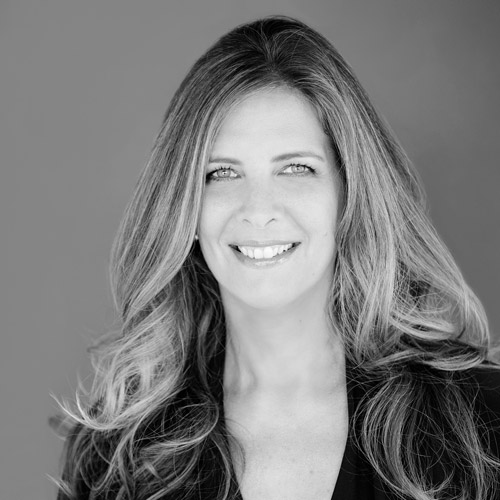Colleen Dockendorf, senior vice president of human resources, spent most of her HR career at large, public companies. But when she joined Ryan Companies US, Inc. in 2008, she knew she had landed in the right place. The company’s smaller, more flexible environment and its corporate culture perfectly align with Dockendorf’s own professional priorities. “Processes and products change, but people don’t,” she says. “If you can reach them through their head, heart, and wallet in meaningful ways, they’ll feel engaged, productive, challenged, and like they’re being treated fairly.”
Dockendorf has help addressing these goals by leveraging Ryan’s corporate culture, which is built on the core values of safety, integrity, respect, stewardship, family, excellence, and fun. “We don’t post signs on the walls to teach company values,” Dockendorf explains. “We live them every day and emphasize them by including them in our business strategy, highlighting them in training, and modeling them in how we treat each other and our clients.”
To illustrate this, she refers to a period of coping with her mother’s battle with Alzheimer’s. CEO Pat Ryan went out of his way to share his own experiences with his mother’s illness and made himself available for support. The gesture highlighted how Ryan employees are considered part of an extended company family.
Dockendorf integrates respect and integrity into relationships in all phases of the employee life cycle. All potential candidates get responses to their inquiries from the HR department. Every new hire receives his or her own business cards, has a computer, and a place to sit on their first day, which, she points out, doesn’t happen at every company. The approach creates an environment in which each person is welcomed as part of the team and as an individual, not just a number that’s being processed through an existing system.
This extends to employee development throughout their tenure. The HR team uses Gallup’s StrengthsFinder to help gain insight into employees’ personalities and affinities, which leads to better communication and team-building. Even problem scenarios are addressed with a holistic approach customized to the individual. For example, there are no formal warning policies for factors such as performance matters. “We try to get to the underlying personal or professional issues, so we can solve the problem, not ‘fix’ the person,” Dockendorf explains. “It all starts with a discussion.”
One of Dockendorf’s favorite aspects of HR is being able to develop relationships with employees in every department. She has introduced that component into Ryan’s training by intentionally including representative mixes from across the entire company. In its Emerging Leaders Group program (a ten-month, internal mini-MBA course), cross-functional and cross-regional training is included specifically to facilitate new connections, as well as additional expertise. As the company has grown to about 1,300 employees, relocation has played a part not only in fulfilling business needs, but also in connecting regions and departments, as well as furthering professional development.
Dockendorf and her department also play integral roles in a number of company initiatives. Its five-year midterm strategy, the 20/20 Vision, is one of several aimed at recruitment, retention, and workforce growth. One part of the program is a new online portal that helps automate a number of functions that were formerly handled manually, such as performance management. Automatic reminders are now sent to employees so that each individual can play a role in holding themselves and managers accountable for completing reviews in a timely fashion.
“The new system emphasizes identifying forward-looking goals, so in addition to being more efficient, it’s much more proactive, with less looking back than the old paper process,” Dockendorf says.
To help reinforce succession planning, identify high-potential individuals, and invest in employees’ professional development, the company is implementing a new formal mentoring program. It is intended to supplement ongoing training and ensure that staff has challenging responsibilities and the resources to successfully address them.
Ryan’s existing focus on safety as a core value has been extended to include a health and wellness initiative. This includes biometric testing, online tools, and annual checks against personal goals, along with daily activities such as providing fresh fruit in most offices, adjustable desks, and encouraging standing or walking meetings.
Dockendorf admits that measuring ROI for wellness is difficult, but indicates that insurance costs per employee have decreased since the program began. “In several cases, the wellness plan has identified critical illnesses that were previously undiagnosed,” she adds. “If we can do that just once a year, saving someone’s life more than justifies whatever the cost of the program might be.”
Dockendorf sees connections with both employees and clients as embodying Ryan’s mission to create lasting relationships. “That extends beyond employees, vendors, and clients to communities,” she says. “We know the projects we build will impact them for decades to come.”

